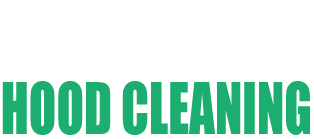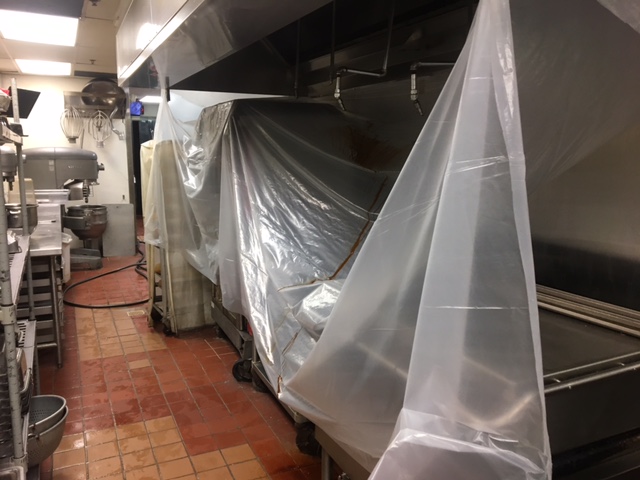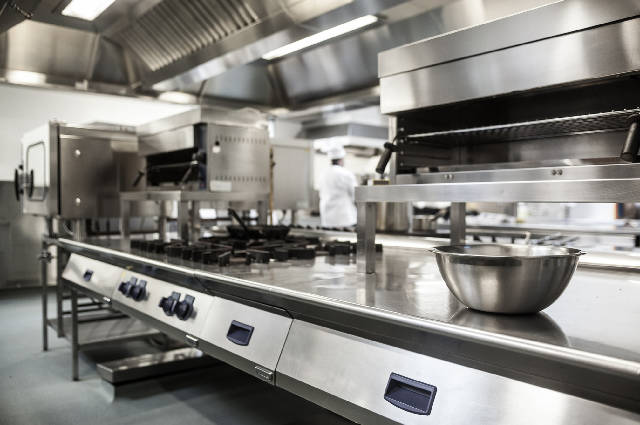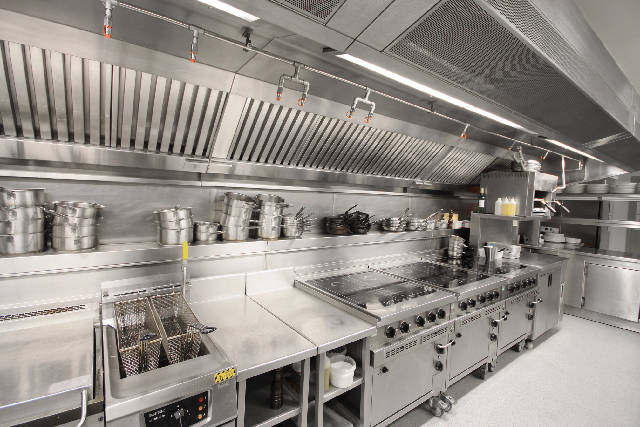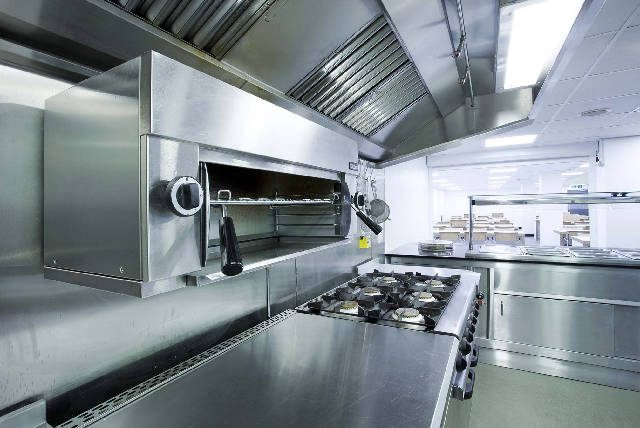Beyond the Plate: Enhancing Customer Experience through Effective Hood Cleaning – A Case Study from a San Jose Restaurant
Discover how effective hood cleaning can improve customer experiences at a San Jose restaurant. This comprehensive case study illustrates the significance of cleanliness on customer satisfaction, loyalty and overall foodservice industry success.
Introduction
Success in the restaurant industry depends not only on delicious cuisine but also on providing an unforgettable and delightful dining experience. A critical but often neglected element of this equation is ensuring a clean and hygienic kitchen environment, including keeping kitchen hoods free from grease and grime. We will explore this issue through an in-depth case study at one of San Jose’s restaurants; specifically how effective hood cleaning has impacted customer experience by means of effective hood cleaning; thus we will investigate its effect on enhancing customer satisfaction levels as well as how it fosters loyalty over time.
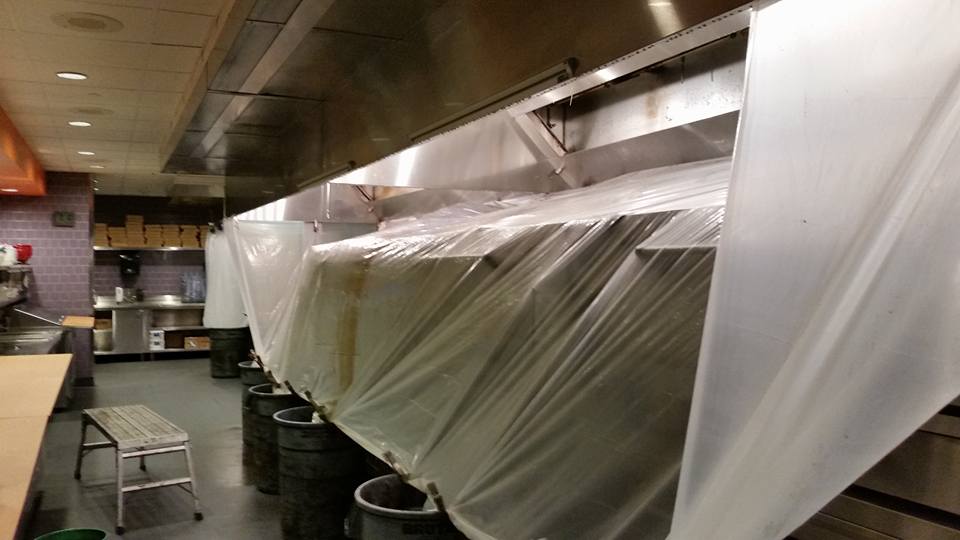
Effective hood cleaning goes well beyond maintaining a pristine kitchen – it creates an unforgettable dining journey for every patron that walks through its doors. Let’s explore just how this transforms the dining journey: 1. An Impressive Beginning
1. Attract Customers with Clean Interiors and Kitchens
A restaurant must create an impressionable dining experience by creating a sparkling clean environment for customers to experience. A central kitchen in any culinary establishment plays an essential role in shaping this perception; having well-maintained hoods that demonstrate commitment to hygiene and quality can quickly earn diners’ trust and win their loyalty.
2. Improve Kitchen Operations
Clean kitchen hoods have an immense effect on restaurant operations, significantly boosting efficiency by eliminating grease buildup. By maintaining proper ventilation, reducing heat and odor emissions, and protecting against potential fire risks, clean hoods allow chefs to focus more fully on perfecting their craft while providing customers with seamless service without interruptions or potential hazards. It also elevates food quality.
3. Hood Cleaning and Delicious Cuisine
A clean kitchen environment directly affects the quality of food served to customers. When grease-filled hoods are cleaned regularly, there is less risk of contaminants entering food products, providing customers with delicious, flavorful meals while improving indoor air quality. As a result, customers receive fresher, flavorful meals which elevate their dining experience and enhance customer satisfaction.
4. Improved Indoor Air Quality
Clean Hoods = Clean Air = Happy Customers
Properly maintained hoods play an integral part in maintaining high indoor air quality, providing guests with an enjoyable dining experience and creating an optimal dining atmosphere. By conducting effective hood cleaning procedures regularly and eliminating airborne pollutants like smoke and grease particles from their environment, restaurants can create an optimal dining atmosphere while simultaneously decreasing noise pollution levels for greater guest comfort and enjoyment. Ultimately this leads to decreased noise pollution levels within their facility as a whole.
Hood cleaning and the art of serene dining. Clogged or gritty hoods can create an unappetizing kitchen environment due to strain on ventilation systems, creating an unpleasant dining experience for patrons. By keeping their hoods clean, restaurants can reduce noise levels for an atmosphere conducive to peaceful conversation among diners without distraction. Within compliance of Health and Safety Standards.
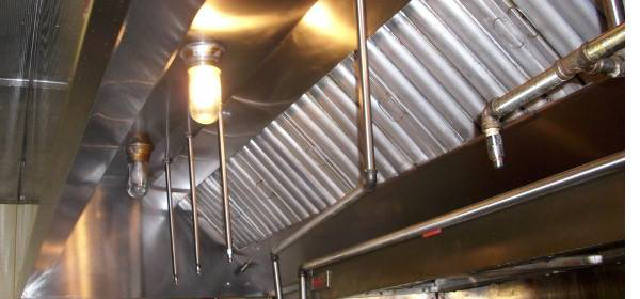
5. Prioritizing Customer Safety Through Hood Cleaning
Clean kitchen hoods aren’t only important from an aesthetic perspective; they also play an essential part in adhering to health and safety regulations. Restaurants who prioritize effective hood cleaning demonstrate their dedication to safeguarding customer health while strengthening their brand image further. 7 Seamless Dining Experience
Hood Cleaning’s Impact on Service Excellence A properly organized kitchen leads to smoother operations, which in turn results in faster service for customers with reduced wait times – leaving guests satisfied while simultaneously strengthening their impression of your restaurant and increasing trust and loyalty with its clients. (8) Building Trust and Loyalty with Customers
6. Hood Cleaning and Customer Retention
Customers who experience exceptional service in an unhygienic dining environment tend to develop trust for the establishment they dine at; clean hoods play an integral part in this regard as they symbolize an establishment’s dedication to customer satisfaction. 9. Positive Online Reviews and Word-of-Mouth Promotion
7. Spreading the Word Through Hood Cleaning
Customer reviews and recommendations have immense power in today’s digital economy, so a San Jose restaurant with clean hoods is more likely to receive positive reviews, inviting more customers via word-of-mouth referrals.
8. Differentiating In a Competitive Landscape
Gaining an Edge through Hood Cleaning Excellence
San Jose’s restaurant industry is highly competitive and establishments strive to differentiate themselves. Effective hood cleaning becomes an invaluable advantage that sets one apart as prioritizing cleanliness and customer experience.
9. Sustainable Practices and Eco-Friendly Image
Restaurants that practice regular hood cleaning demonstrate their dedication to sustainability by keeping grease and contaminants from polluting the environment – something which resonates well with eco-conscious customers.
10. Hood Cleaning and Employee Satisfaction
A clean and organized kitchen creates a positive working environment for restaurant staff. When chefs and employees can work in a hygienic space, their morale and job satisfaction increases – and ultimately this improves customer service delivery.
11. Reducing Fire Hazards
Grease buildup in kitchen hoods poses a fire hazard, so regular hood cleaning helps lower this risk and create a safer environment for customers and employees alike.
12. Financial Benefits and Long-Term Savings Result from Hood Cleaning
While regular hood cleaning incurs costs, it often proves financially prudent in the long run. By preventing potential fire accidents and decreasing equipment downtime, restaurants save on repairs while maintaining smooth operations. 15 Compliance With Insurance Requirements
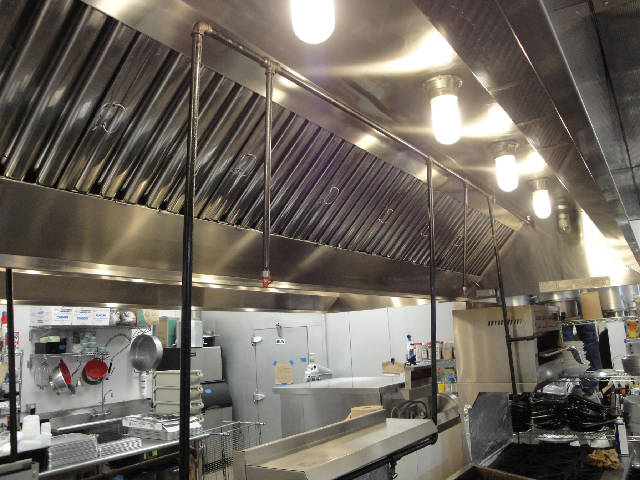
13. Hood Cleaning and Insurance Coverage
Insurance providers require restaurants to follow certain maintenance protocols, including regularly hood cleaning. By meeting these needs, restaurant owners ensure continuous financial protection as well as ongoing insurance coverage.
14. The Art of Hood Cleaning
Professional or DIY Cleaning for Your Restaurant? Deciding between professional hood cleaning services and DIY methods can be challenging, so here we examine both approaches in order to help you make an informed decision.
15. Cleaning Frequency and Best Practices
Establishing an Effective Hood Cleaning Schedule
The frequency of hood cleanings depends on your restaurant’s volume and cooking methods; learn how to create an optimal schedule to maintain kitchen hygiene effectively.
16. Selecting a Hood Cleaning Service Provider
Not all hood cleaning service providers are equal, learn what criteria should be considered when selecting one for your restaurant or venue. 19. Embark on Hood Cleaning 101
17. Discover How Hood Cleaning Works by Learning About its Procedure.
Investigate the steps of professional hood cleaning from inspection through post-cleaning maintenance, from documentation and compliance. WASHINGTON–With over 44,000 jobs on hold across the US economy today due to inadequate hood ventilation systems, commercial kitchen hood cleaners must adhere to stringent industry regulations when cleaning hoods professionally. To maintain professional hood hygiene services.
Maintaining accurate records of hood cleaning activities is vital to complying with regulations and insurance requirements.
